With new vistas being conquered everyday on the digital front, it is fun to speculate on where is digital leading us? While it is easy to extrapolate the past linearly (i.e., Moore’s law), when we deal with the fluidity of bit-strings the combinatorial possibilities for new value propositions seem endless. On top of this, unanticipated consequences in the interactions of digital phenomena with society is very tricky to anticipate. We are already seeing backlashes against social media, issues of fake news, privacy, and security concerns — these could create unpredictable discontinuities.
So, what is the limiting case of digital? Creative science fiction writers have had some success in predicting the future. The modern mobile phone was seen on the TV series Star Trek in the 1960s; military drones, now very much part of military arsenal, were seen in the Terminator; an 80s version of self-driving cars was seen in Total Recall. Also, fascinating futures of AI are envisioned in movies like Blade Runner, Ex Machina, Her, and Matrix – some with dystopian effects thrown in for good measure. These are fun, but is there a way to connects the dots to a digital future and what would that look like?
One vision of course is the “metaverse.” The problem is that we don’t really know what this will eventually look like. Will the metaverse be a hybrid – a digital twin of the physical world allowing seamless movement to computationally enhanced real physical spaces (i.e., watch a live Broadway show in the Broadway space). It’s just as easy to see millions of virtual spaces (privately owned and run) that we can enter for immersive experiences. If so, we are well on our way, as we can enter the metaverse now (i.e., through a gaming platform) and interact with others. However, it’s tougher to see a unified metaverse where these spaces connected… and whether eventually the metaverse will be a digital world we can enter and feel like we are in the same physical space with others – unconstrained by the laws of physics (e.g., gravity) and unlimited by digital objects that can fulfill individual wants.
An alternate framing of a long-term future where entire human experiences (all 5 senses) can be represented. So, the complete representation of human experiences over time can be captured in layers: Digital Sound Layer (what sounds you hear over time), Digital Visual Layer (what you see over time), Digital Smell Layer (what you smell over time), (Digital Tactile Layer) (what you touch over time) and Digital Taste Layer (what you taste over time). So, a complete representation of each layer from birth to death over every second is a person’s digital life record. What is not included is how a person thinks about these experiences (mental representation), but even that is partly reflected in the choices of experiences a person takes. With this basic model, companies (in whatever form they may exist) will vie to provide these layers to the consumer. That is their market. In doing so, they can provide the layer (e.g., music from 3-4pm) or offer the option for the user to control the choice (e.g., like today’s Spotify). So, digital markets are providers trying to capture and innovate a consumer’s digital layers. For example, companies can have services that interact over layers – sound, taste, smell, and vision – done through provision of food or a virtual vacation experience. The possibilities are endless.
While things get messy if these visions need to be accompanied by “how” questions of governance, control, and our ability to cope with such digital manifestations. They get even messier when new computed digital objects might arise that have no equivalent in the physical world. Could subliminal digital objects exist and what would they look like? And to get even messier we might need to revisit ontological and philosophical questions of what existence is. But like I said, it’s fun to speculate on the limits of digital. The scary part is that what seemed to be an exercise in pure fiction, now seems within the realm feasibility. The dots are here…..
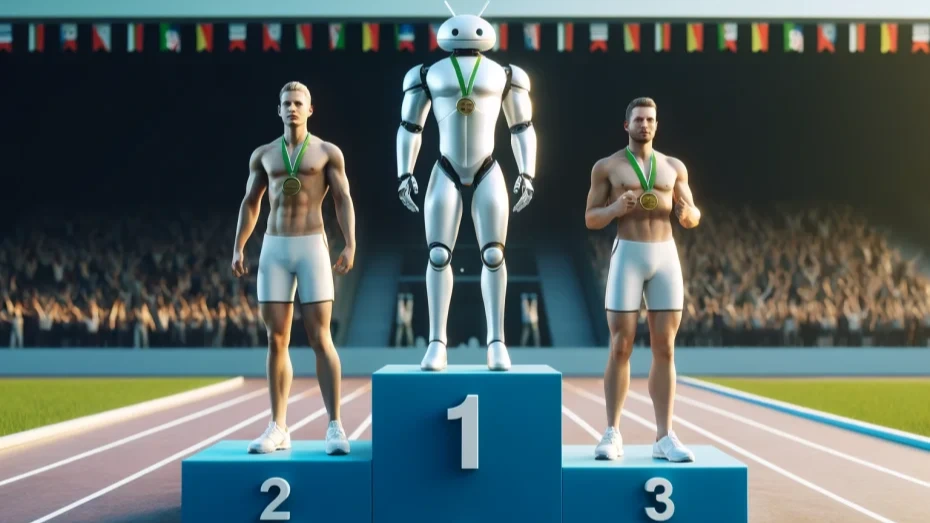

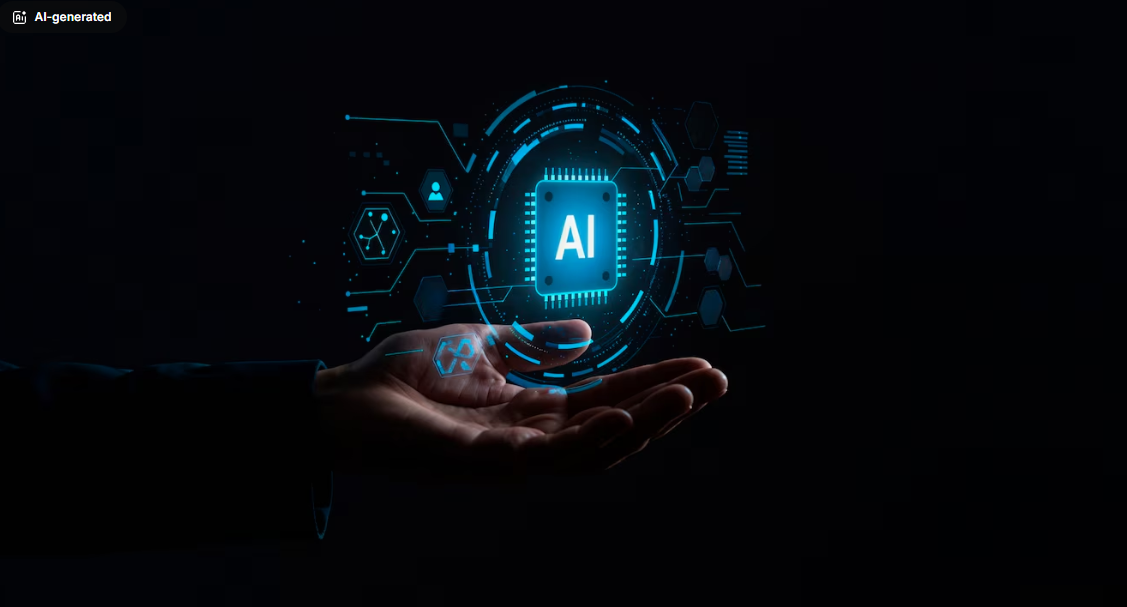
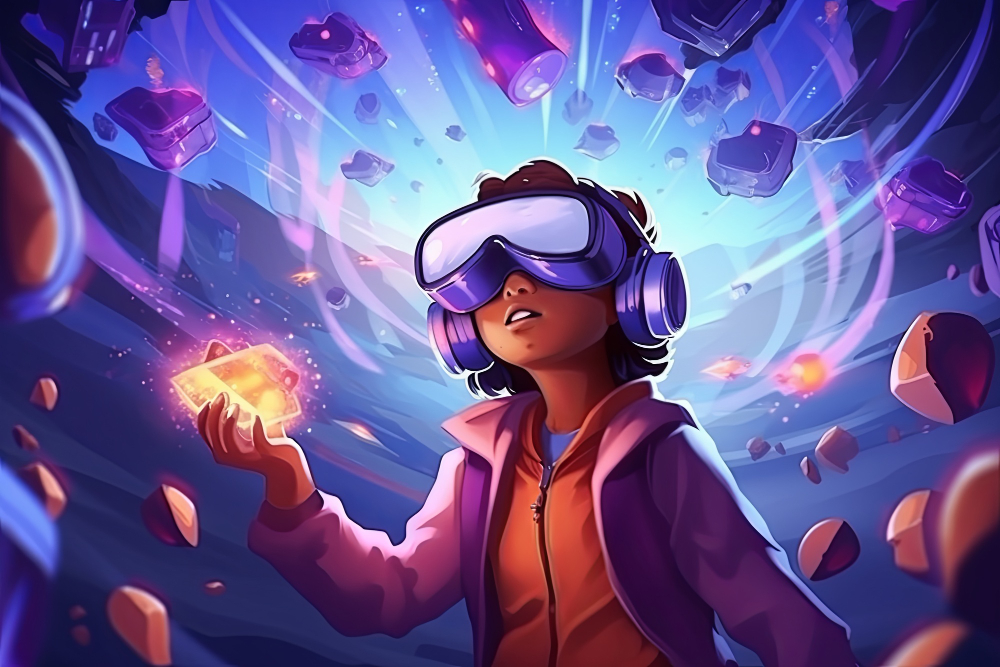

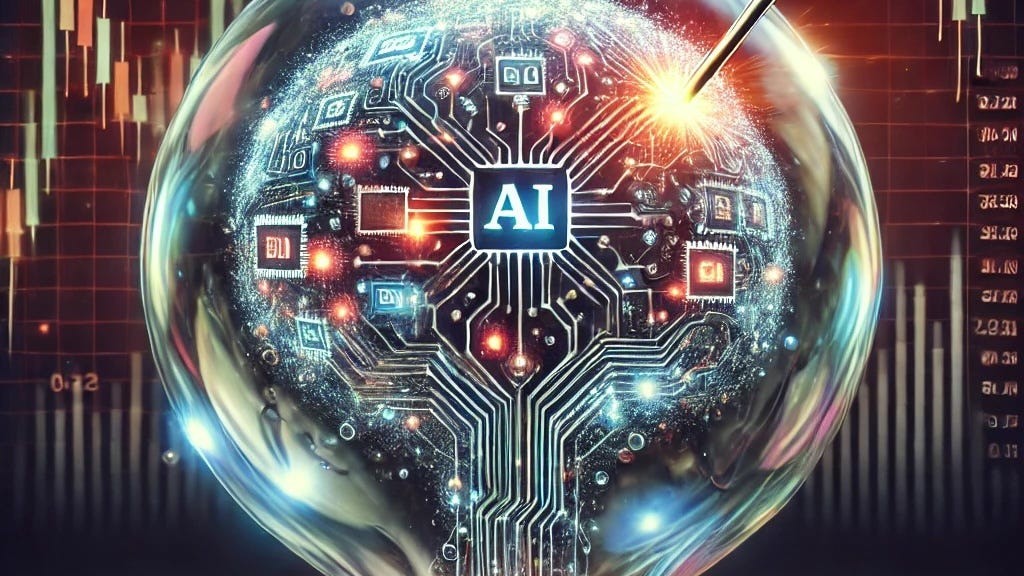
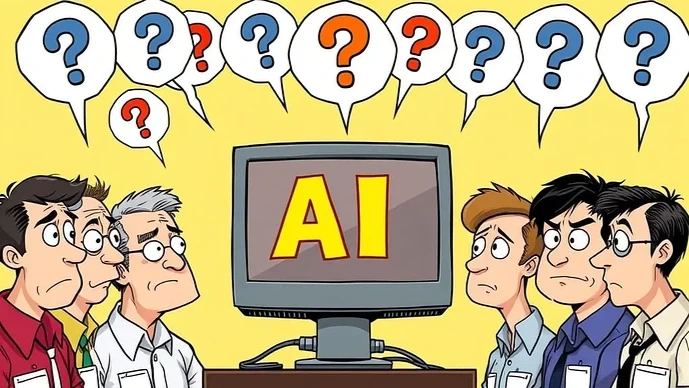


Leave a Reply